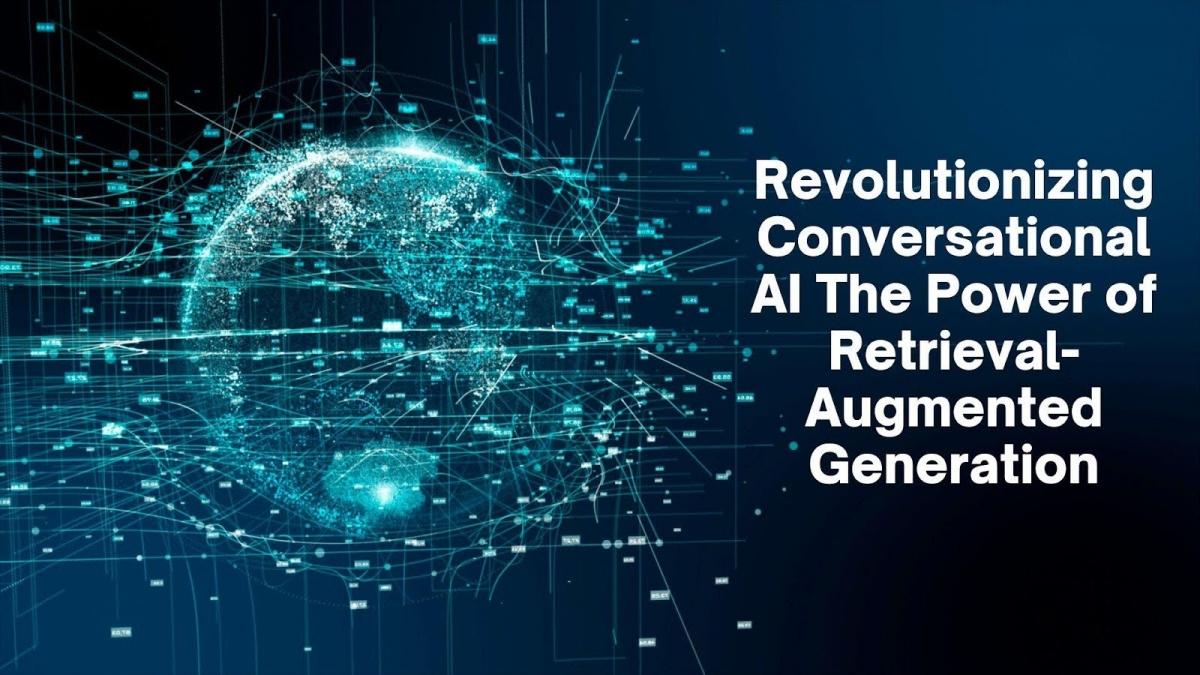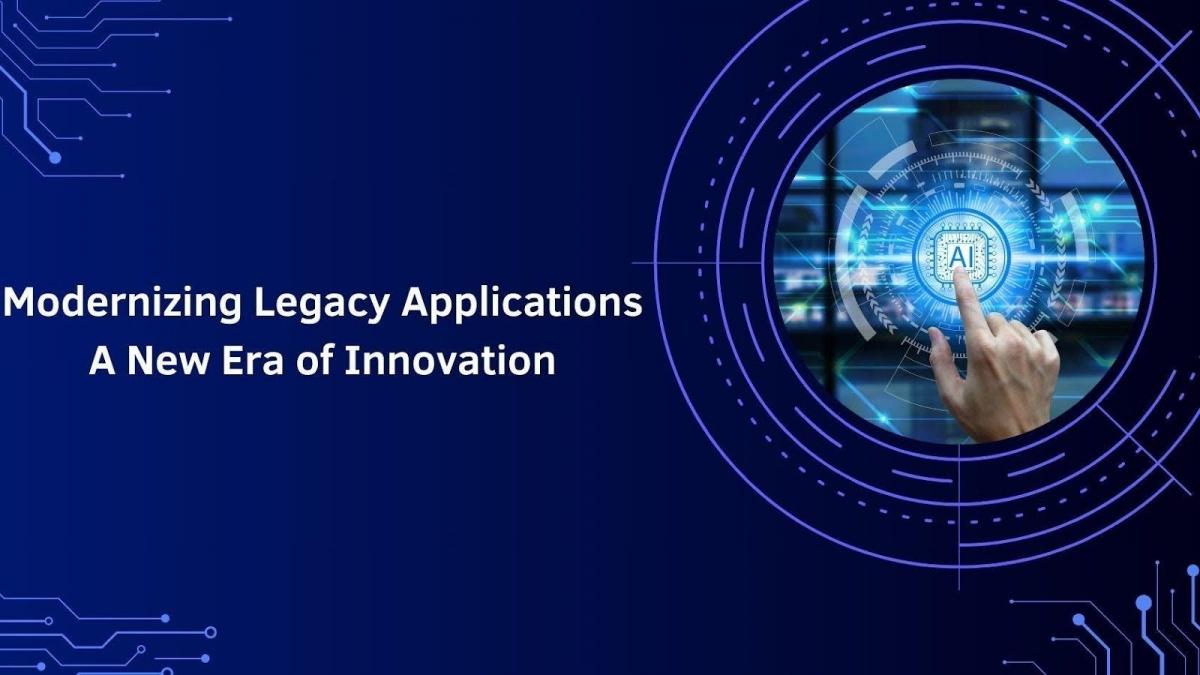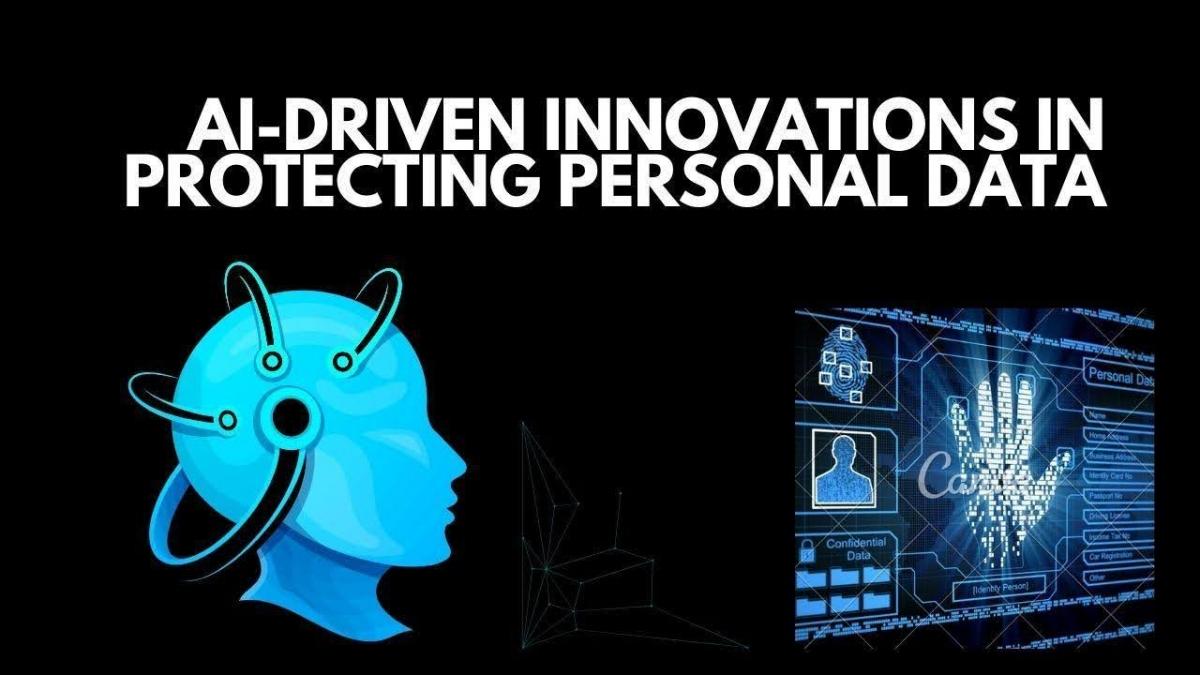In an age where artificial intelligence is becoming integral to customer interactions, Prudhvi Chandra offers an insightful look at how the integration of Retrieval-Augmented Generation (RAG) is enhancing the capabilities of conversational AI systems. RAG combines information retrieval and generative language models, offering a solution to longstanding challenges in maintaining accuracy and contextual relevance in AI responses. This innovative approach promises to redefine how AI systems understand and respond to complex user queries in real-time.
Addressing the Gap in Conversational AI
Traditional AI systems, especially chatbots and virtual assistants, often struggle with delivering accurate and contextually rich responses. He highlights these ongoing issues, where 78% of organizations report struggles with response quality across various domains, particularly in complex interactions. The key problem? Chatbots fall short in providing up-to-date and accurate answers when required. This limitation often results in frustration for users seeking precise information in dynamic environments.
Enter Retrieval-Augmented Generation (RAG)
The integration of RAG into conversational AI is transformative. By combining real-time information retrieval with language models, RAG systems greatly enhance response accuracy and context. Unlike traditional chatbots, RAG systems dynamically fetch relevant information from knowledge bases and generate contextually appropriate responses. His research shows that RAG significantly reduces errors, with one study highlighting a reduction in factual inaccuracies from 21.7% to 9.3%.
Enhancing Accuracy with Advanced Knowledge Integration
RAG’s innovative framework is built on the efficient integration of domain-specific knowledge into generative systems. By bridging the gap between AI’s retrieval and generation components, the system creates a robust backbone for answering complex queries. Research shows that by using hybrid retrieval methods, RAG systems achieve a retrieval accuracy of up to 91.7%, vastly outperforming traditional systems. This enhanced accuracy enables RAG to provide more relevant and precise responses, even in specialized fields. As a result, RAG systems are better equipped to handle nuanced, industry-specific inquiries with greater reliability and speed.
Improving System Performance Through Optimization
The key to RAG’s success lies not only in its ability to access large databases of information but also in optimization strategies to reduce latency and improve throughput. His research points out how dynamic batch processing and intelligent caching improve the system’s ability to scale. Optimized RAG systems can handle up to 123 queries per second while maintaining a 94.7% accuracy rate. This scalability ensures that RAG systems can efficiently serve high-demand environments without sacrificing performance or response quality.
Addressing Real-World Challenges
Despite its potential, the deployment of RAG systems faces challenges, such as maintaining system performance under high loads. The resource requirements for RAG can be demanding, especially when managing large knowledge bases. However, distributed architectures and microservices allow for better scalability. With optimized orchestration, RAG systems can handle high traffic while maintaining reliability.
The Future of Conversational AI: A World of Possibilities
Looking ahead, RAG systems represent a promising frontier for the future of conversational AI. As enterprises continue to adopt these systems, the potential for more natural, human-like interactions grows. The ability of RAG to combine the best of both worlds—retrieval and generation—ensures that AI can engage in more meaningful, context-aware conversations. With ongoing advancements, RAG is poised to become a key technology in transforming customer service, healthcare, and various other industries.
In conclusion, the transformative potential of RAG in improving conversational AI capabilities cannot be overstated. By addressing key challenges in information retrieval and response generation, this integrated framework is setting new standards for the field. With ongoing advancements, the future of AI-powered communication looks brighter than ever. The evolution of these technologies will drive more sophisticated and reliable AI systems in the years to come, as highlighted by Prudhvi Chandra.







